Forage crops have been one of the mainstays on several of the Farm Profit Programme farms this season.
As better weather conditions approach, thoughts turn to re-purposing land post-forage crop.
Both the Duguids and the Websters will be returning the fields to grass – they were ploughed and will be sown out soon.
While ploughing his forage crop field, Arthur Duguid decided that next year’s forage crop field will not be ploughed.
Instead, it will be disced and the grass then established into the tilth from the discs. This will reduce the cost of establishing the new ley and bring up fewer stones in what is a particularly stoney field.
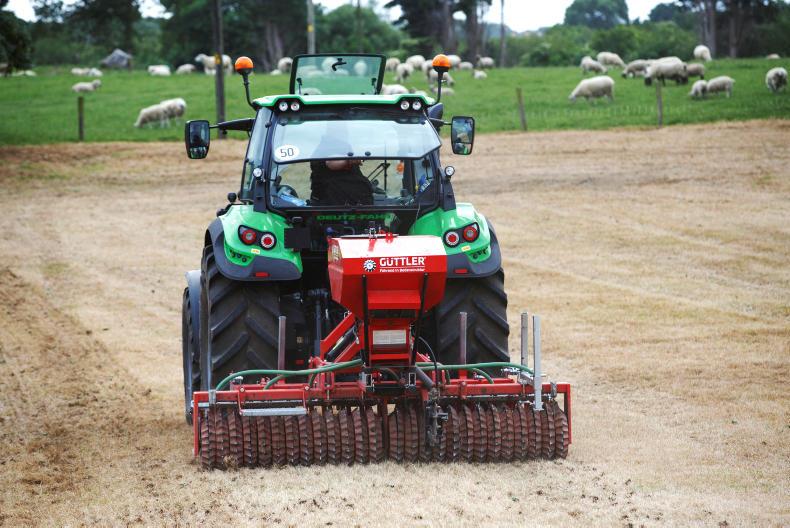
Arthur Duguid's next forage crop field will not be ploughed. Instead, it will be disced and the grass then established into the tilth from the discs. \ Donal O'Leary
There are several options for establishing the new ley, each carrying its own advantages and disadvantages.
A new sow-out in spring can mean low production in year one. The Duguids are going to remedy this by adding Westerwolds to the grass mix.
With a vigorous growth habit, the Westerwolds will give a larger bulk to cut come late summer, meaning more production from the field in year one.
Once it has been cut for silage, the new grass ley underneath will be more than ready to support grazing by weaned lambs, giving the advantage of clean grazing and new growth.
The process is very simple, just add 7-8kg/ha of Westerwolds to the grass seed mix. Because you’re not establishing the grass and nurse crop separately, there is also a cost saving.
However, the new grass sward will need to be grazed hard in the back end of the year, as this prevents the Westerwolds growing another year.
Another option is to use a cereal nurse crop. When undersowing spring barley, the seed rate of the barley needs to be reduced to give the new sward the best chance to establish, with the guide being 125kg/ha (actual rate depends on barley thousand grain weight).
This then gives you two options: either take the barley off as an arable silage or wholecrop in late summer, or combine the barley at the usual time.
Taking it off as a wholecrop gives the same advantages as with Westerwolds – a bulk of silage followed by late-season grazing.
If taking it to harvest, the barley seed rate can be increased a little, but care must be taken to ensure that it does not shade out the new sward
Taking it to harvest does mean having both grain and straw as separate feeds. This gives greater flexibility at feedout and the opportunity for more straw for bedding.
However, weed control in barley is more difficult, as herbicides must be selected that will not damage any of the species in the sown ley, eg clovers.
If taking it to harvest, the barley seed rate can be increased a little, but care must be taken to ensure that it does not shade out the new sward.
There are two main issues with undersowing. Firstly, that conditions rarely favour both crops. Secondly, poor weather during harvesting of the nurse crop can mean that the new sward is damaged, with rutting from traffic and rotting from straw lying on it.
This is why Charles Webster favours a direct sow-out of new grass. It means a simpler establishment, with least actual cost to the business.
However, as previously mentioned, it does mean that he will have to wait for the grass to develop sufficiently to be able to utilise it.
Realistically, it will be mid-summer before the new sward is fit to graze with sheep and it will be into autumn before it is fit to graze with cattle.
Forage crops have been one of the mainstays on several of the Farm Profit Programme farms this season.
As better weather conditions approach, thoughts turn to re-purposing land post-forage crop.
Both the Duguids and the Websters will be returning the fields to grass – they were ploughed and will be sown out soon.
While ploughing his forage crop field, Arthur Duguid decided that next year’s forage crop field will not be ploughed.
Instead, it will be disced and the grass then established into the tilth from the discs. This will reduce the cost of establishing the new ley and bring up fewer stones in what is a particularly stoney field.

Arthur Duguid's next forage crop field will not be ploughed. Instead, it will be disced and the grass then established into the tilth from the discs. \ Donal O'Leary
There are several options for establishing the new ley, each carrying its own advantages and disadvantages.
A new sow-out in spring can mean low production in year one. The Duguids are going to remedy this by adding Westerwolds to the grass mix.
With a vigorous growth habit, the Westerwolds will give a larger bulk to cut come late summer, meaning more production from the field in year one.
Once it has been cut for silage, the new grass ley underneath will be more than ready to support grazing by weaned lambs, giving the advantage of clean grazing and new growth.
The process is very simple, just add 7-8kg/ha of Westerwolds to the grass seed mix. Because you’re not establishing the grass and nurse crop separately, there is also a cost saving.
However, the new grass sward will need to be grazed hard in the back end of the year, as this prevents the Westerwolds growing another year.
Another option is to use a cereal nurse crop. When undersowing spring barley, the seed rate of the barley needs to be reduced to give the new sward the best chance to establish, with the guide being 125kg/ha (actual rate depends on barley thousand grain weight).
This then gives you two options: either take the barley off as an arable silage or wholecrop in late summer, or combine the barley at the usual time.
Taking it off as a wholecrop gives the same advantages as with Westerwolds – a bulk of silage followed by late-season grazing.
If taking it to harvest, the barley seed rate can be increased a little, but care must be taken to ensure that it does not shade out the new sward
Taking it to harvest does mean having both grain and straw as separate feeds. This gives greater flexibility at feedout and the opportunity for more straw for bedding.
However, weed control in barley is more difficult, as herbicides must be selected that will not damage any of the species in the sown ley, eg clovers.
If taking it to harvest, the barley seed rate can be increased a little, but care must be taken to ensure that it does not shade out the new sward.
There are two main issues with undersowing. Firstly, that conditions rarely favour both crops. Secondly, poor weather during harvesting of the nurse crop can mean that the new sward is damaged, with rutting from traffic and rotting from straw lying on it.
This is why Charles Webster favours a direct sow-out of new grass. It means a simpler establishment, with least actual cost to the business.
However, as previously mentioned, it does mean that he will have to wait for the grass to develop sufficiently to be able to utilise it.
Realistically, it will be mid-summer before the new sward is fit to graze with sheep and it will be into autumn before it is fit to graze with cattle.




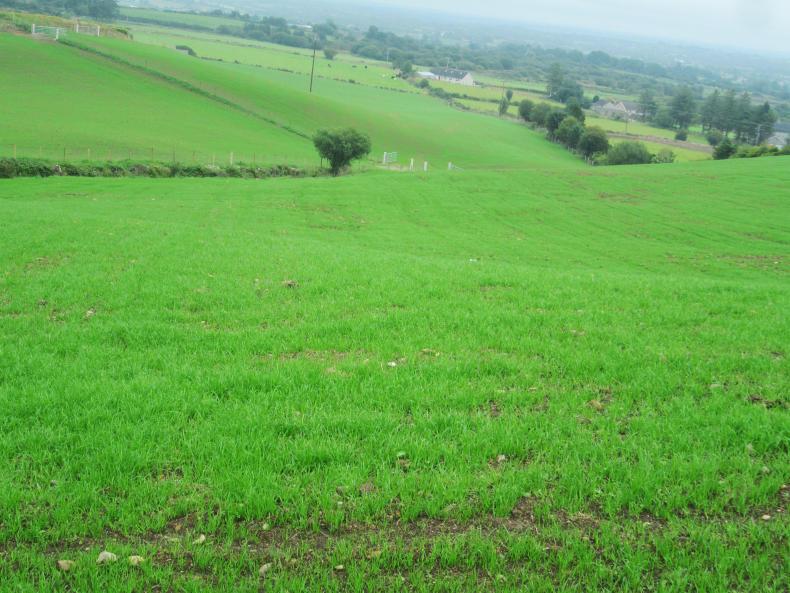

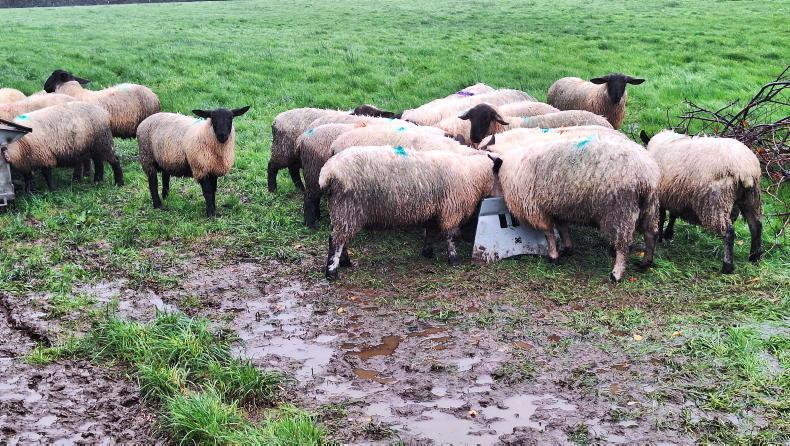

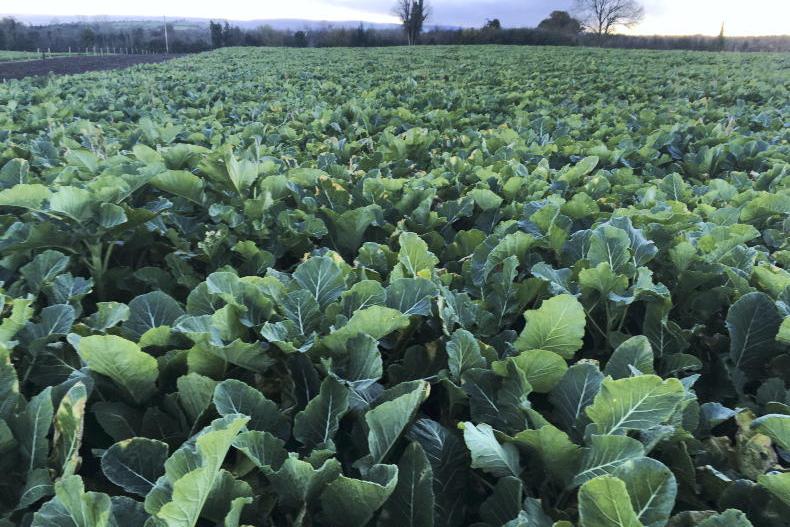
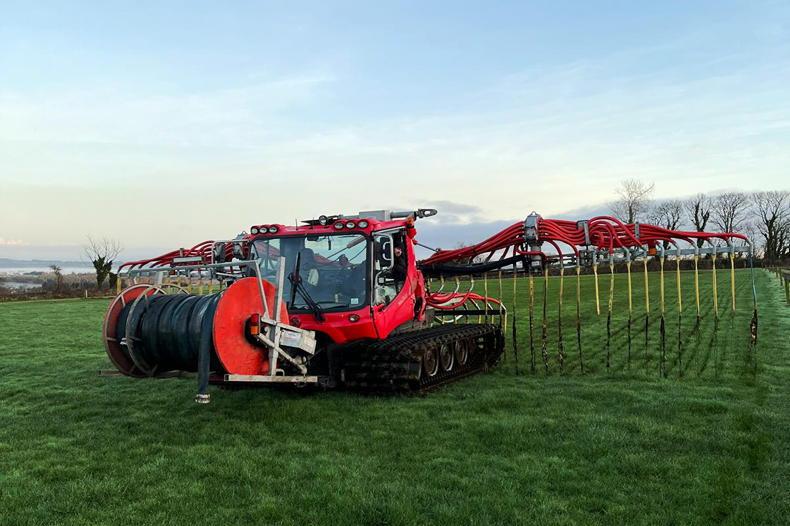
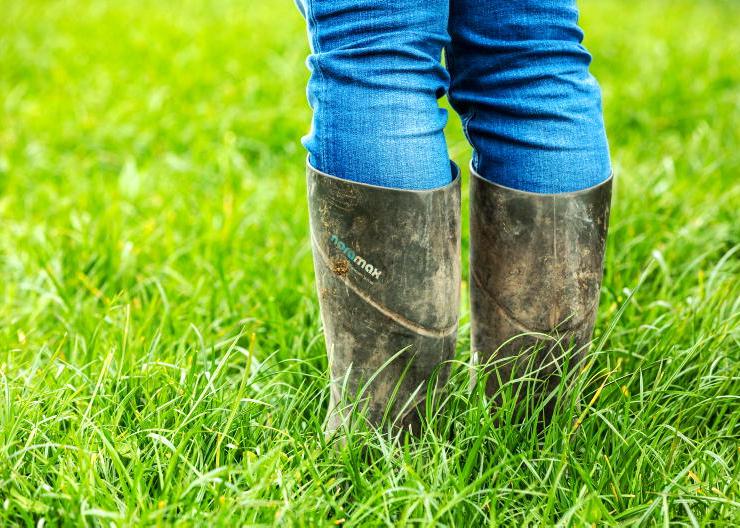
SHARING OPTIONS